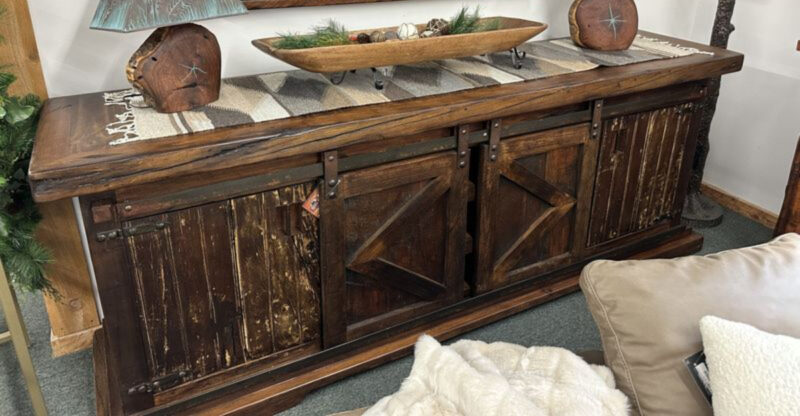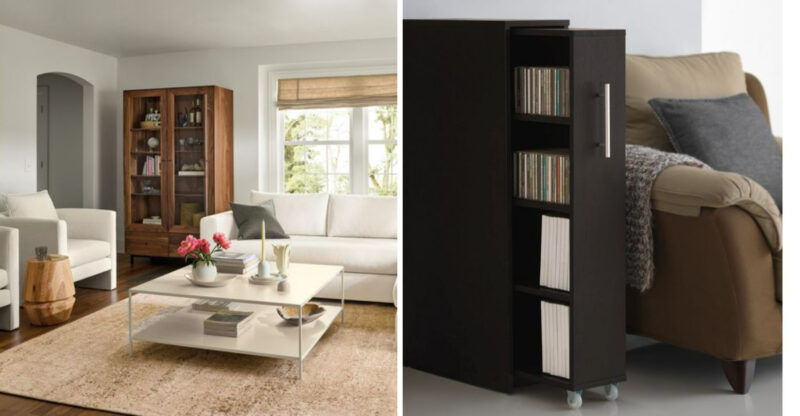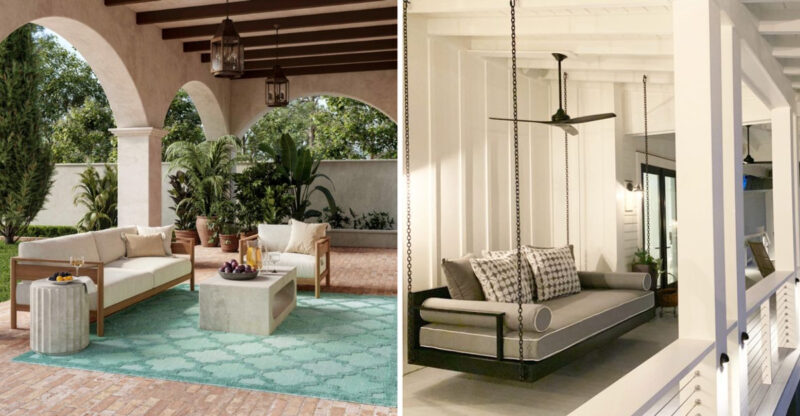5 Ways To Add Comfort And Relaxation Inspired By Architects’ Homes
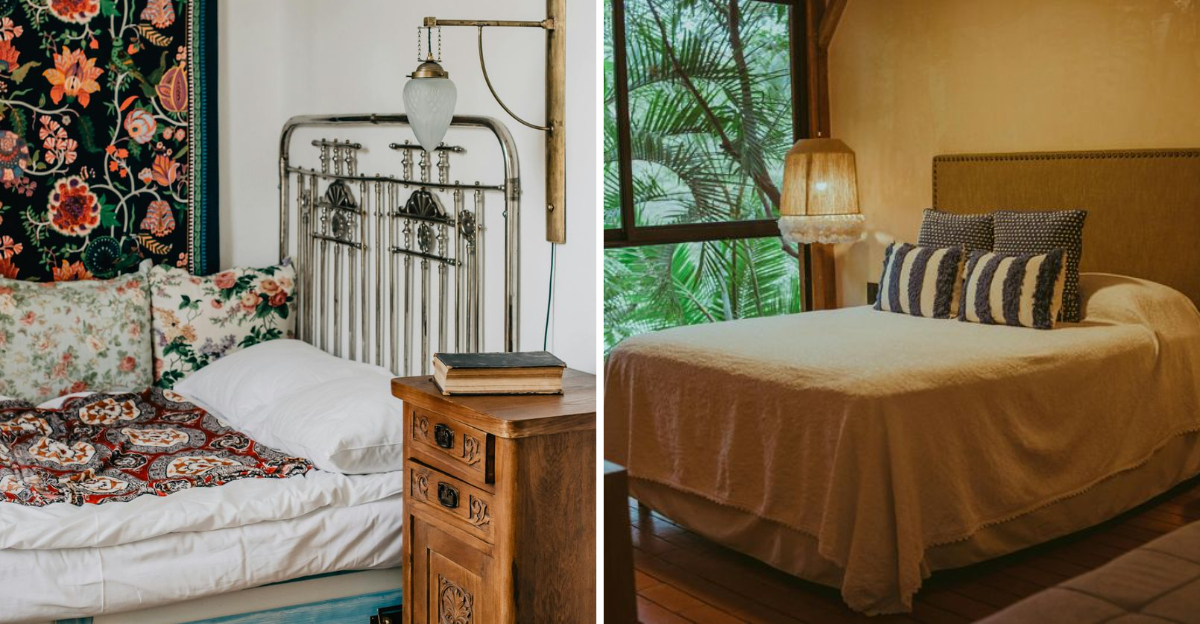
Ever wondered how architects design their own homes? These creative professionals craft personal spaces that blend beauty with comfort in remarkable ways.
Their designs aren’t just visually stunning they’re packed with clever ideas for creating relaxing environments. Let’s explore how we can borrow some of their best tricks to make our own homes more comfortable and peaceful.
These ideas are inspired by general architectural practices, though results may vary depending on your space, budget, and personal preferences.
1. Plush Seating
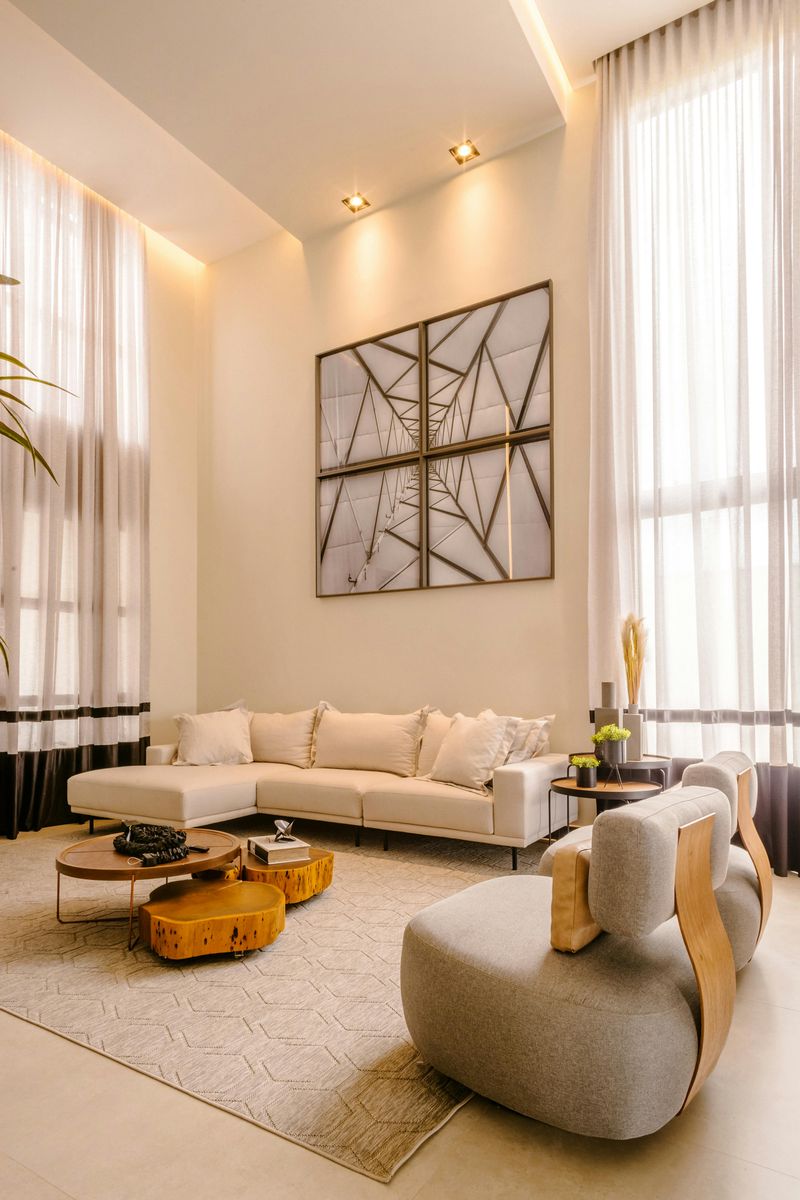
Architects know that comfortable seating forms the foundation of any relaxing space. Many choose oversized sofas with deep seats that invite you to sink in and unwind after a long day.
The secret lies in layering start with a sturdy frame, add high-density foam, then top with feather-filled cushions for that perfect balance of support and softness. Don’t forget throws and pillows in varying textures!
When selecting your own seating, consider both form and function. That gorgeous minimalist sofa might look amazing in photos, but if it feels like sitting on concrete, it defeats the purpose. Remember that truly comfortable seating encourages conversation, reading, and those precious moments of doing absolutely nothing.
2. Ergonomic Layouts
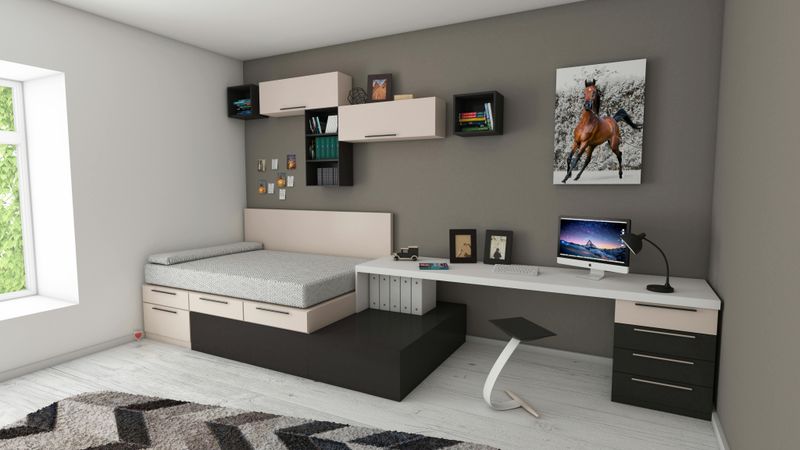
Architects think deeply about how we move through spaces. In their own homes, they arrange furniture to create natural pathways that feel intuitive and relaxing. Nothing disrupts comfort like constantly bumping into furniture or feeling cramped!
Though it might seem counterintuitive, leaving breathing room around pieces often makes a space feel larger and more peaceful. Many architects position seating to take advantage of views or natural light while maintaining conversation-friendly distances.
To bring this approach home, try floating furniture away from walls to create more dynamic arrangements. Consider how different activities flow in each room is there a clear path from the entry to the kitchen? Can people easily move around your dining table? These thoughtful adjustments make daily life smoother and more pleasant.
3. Cozy Nooks
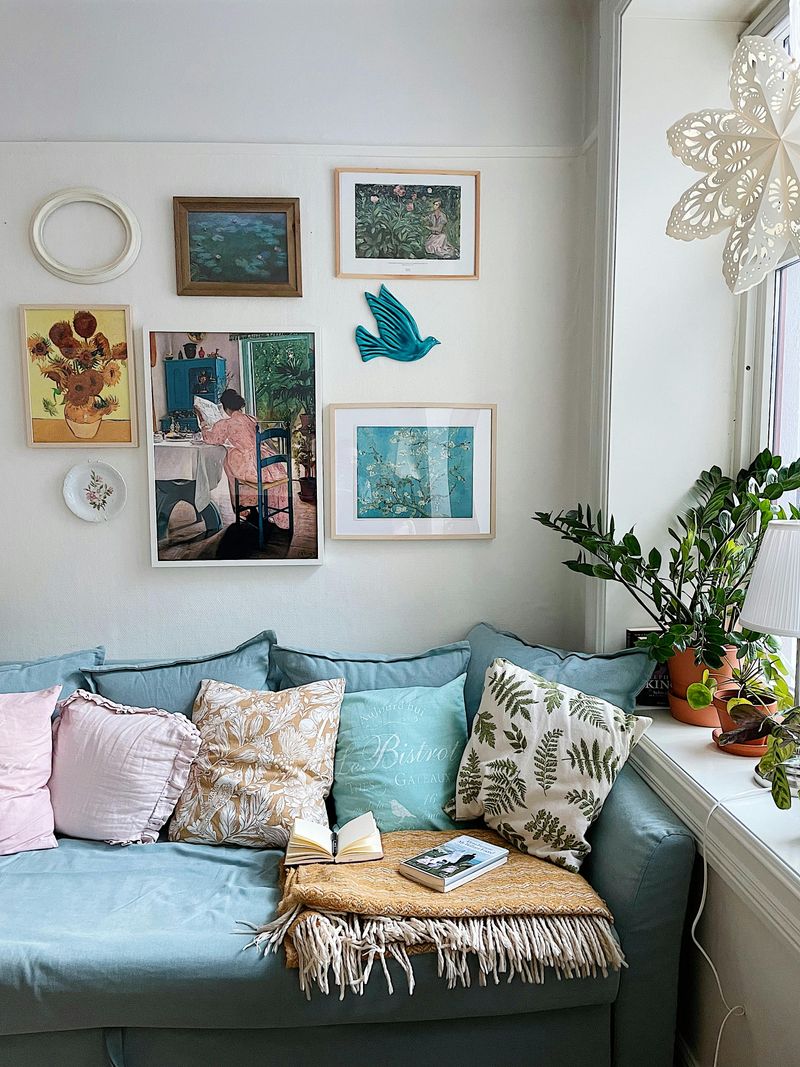
It’s fascinating how often architects incorporate intimate retreats within larger spaces. These cozy nooks serve as personal sanctuaries places to read, think, or simply enjoy a moment of quiet.
Window seats with cushions and pillows transform otherwise unused areas into beloved spots for morning coffee. Built-in benches tucked into hallway alcoves create unexpected moments of rest. Some architects design reading corners with bookshelves that wrap around a comfortable chair, creating a sense of enclosure that feels protective rather than confining.
When creating your own nook, look for underutilized spaces perhaps that awkward area under the stairs or the corner by a sunny window. Add soft seating, good lighting for reading, and personal touches that make it uniquely yours. These small retreats often become the most cherished spots in architect-designed homes.
4. Soft Lighting
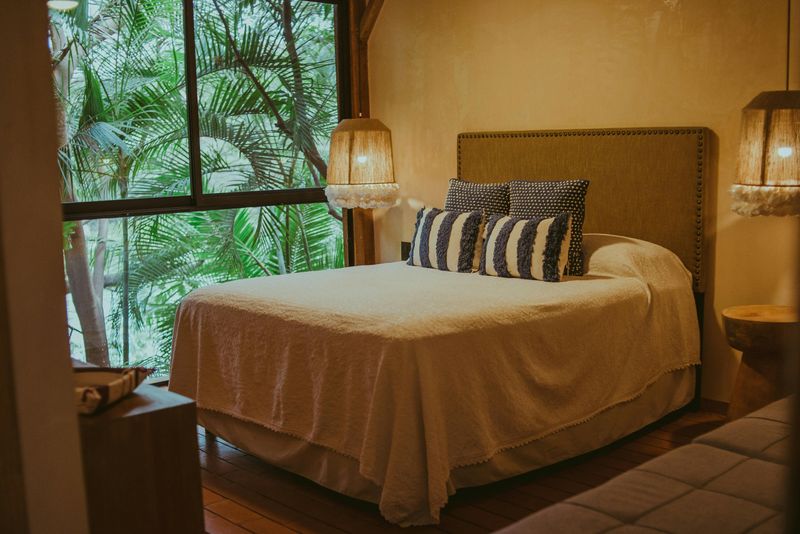
Have you noticed how architects rarely rely on harsh overhead lighting in their personal spaces? Instead, they create layers of gentle illumination that transform as evening falls.
Table lamps with linen shades cast a warm glow perfect for reading corners. Wall sconces provide indirect light that bounces off ceilings and walls, eliminating harsh shadows. Many architects incorporate dimmers on every switch, allowing them to adjust brightness based on mood and time of day.
The key is creating pools of light rather than flooding a room. This approach draws people toward cozy areas and creates a sense of intimacy. For your own home, aim for at least three light sources per room, positioned at different heights to create that layered, relaxing atmosphere architects prize.
5. Layered Textiles
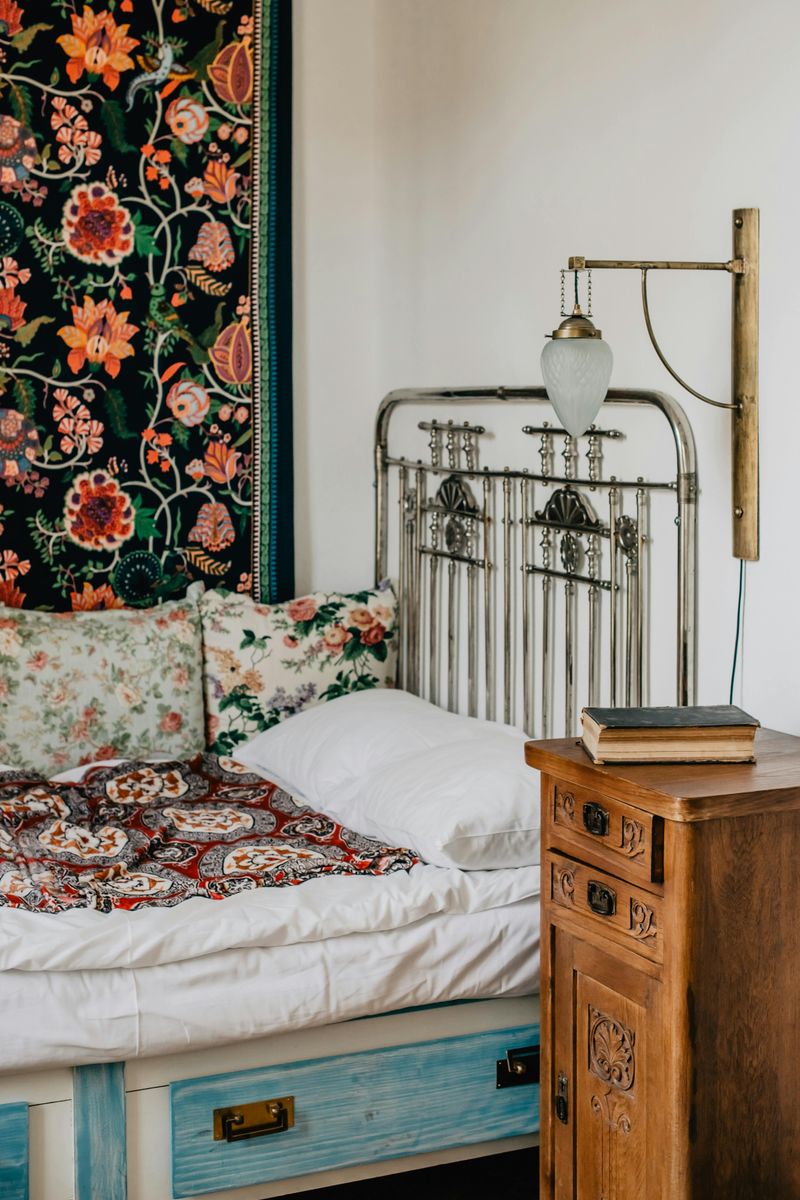
Architects with cozy homes understand the power of textiles to transform a space. They mix materials like wool, linen, velvet, and cotton to create visual interest while adding warmth and softness to otherwise hard surfaces.
If you’re looking to recreate this effect, start by identifying areas that feel cold or uninviting. Could your bedroom benefit from a chunky knit throw at the foot of the bed? Would your dining chairs feel more welcoming with cushions?
The magic happens when you combine different weights and textures. A lightweight linen curtain allows soft light to filter through while a heavy wool rug anchors the space. This thoughtful layering creates depth and invites touch making your home feel instantly more nurturing.

